The Aglaonema Pink, with its vibrant pink hues and striking foliage, is a popular choice for adding a touch of tropical elegance to any indoor space. However, like any houseplant, its health depends on providing the right balance of water. Understanding the signs of both overwatering and underwatering is crucial to keep your Aglaonema Pink thriving.
This guide will equip you with the knowledge to identify these common watering issues, allowing you to take timely action and ensure your Aglaonema Pink remains healthy and vibrant.
Also Read- Aglaonema Pink: Enhancing Your Home's Beauty with a Touch of Nature
Understanding Aglaonema Pink's Watering Needs

Aglaonema Pink prefers consistently moist soil, but it's essential to avoid soggy conditions. This delicate balance is often the key to preventing problems. The plant's water needs can vary depending on factors like temperature, humidity, and pot size.
Signs of Overwatering in Aglaonema Pink
Overwatering is a common problem that can lead to root rot and ultimately kill your Aglaonema Pink. Here's how to identify overwatering:
- Yellowing Leaves: One of the earliest signs of overwatering is yellowing leaves, especially on the lower parts of the plant. This occurs because the roots are unable to absorb nutrients effectively in waterlogged soil.
- Brown, Soft Spots: Brown, soft spots on the leaves or stems are another indication of overwatering. These spots often feel mushy and indicate root rot.
- Wilting Leaves Despite Moist Soil: Ironically, overwatered plants can wilt despite having moist soil. This happens because the roots are damaged and unable to transport water to the leaves.
- Musty Odor from Soil: A musty or foul odor emanating from the soil is a clear sign of root rot, which is caused by overwatering.
- Mold Growth: Visible mold growth on the soil surface indicates excessive moisture.
- Edema: Small, blister-like bumps on leaves, are caused by the plants inability to transpire water.
Signs of Underwatering in Aglaonema Pink

While Aglaonema Pink is relatively tolerant of occasional dryness, prolonged underwatering can also lead to problems. Here's how to spot underwatering:
- Drooping or Wilting Leaves: Leaves will droop and appear limp, indicating a lack of moisture.
- Crispy Brown Leaf Tips: Brown, crispy tips on the leaves are a classic sign of underwatering or dry air.
- Slow Growth: If your Aglaonema Pink is growing very slowly or not at all, it could be due to insufficient water.
- Dry, Compacted Soil: The soil will feel very dry and may even pull away from the sides of the pot.
- Lightweight Pot: A pot that feels significantly lighter than usual indicates that the soil is dry.
How to Correct Watering Issues
For Overwatering:
- Remove the plant from the pot and inspect the roots. Trim away any rotten, mushy roots.
- Repot the plant in fresh, well-draining soil.
- Allow the soil to dry out completely before watering again.
- Improve drainage by using a pot with drainage holes and adding perlite or orchid bark to the soil mix.
For Underwatering:
- Thoroughly water the plant until water drains from the pot's drainage holes.
- Check the soil moisture regularly and water when the top inch of soil feels dry.
- Consider increasing humidity by misting the plant or placing it near a humidifier.
Preventing Watering Problems
- Use Well-Draining Soil: A well-draining soil mix is essential for preventing overwatering.
- Check Soil Moisture Regularly: Use your finger or a moisture meter to check the soil moisture before watering.
- Water Thoroughly: When you water, water thoroughly until water drains from the pot.
- Adjust Watering Based on Conditions: Adjust your watering schedule based on temperature, humidity, and light conditions.
By paying close attention to the signs of overwatering and underwatering, you can ensure your Aglaonema Pink remains healthy and vibrant. Regular observation and timely adjustments to your watering routine will help your plant thrive in your indoor environment.


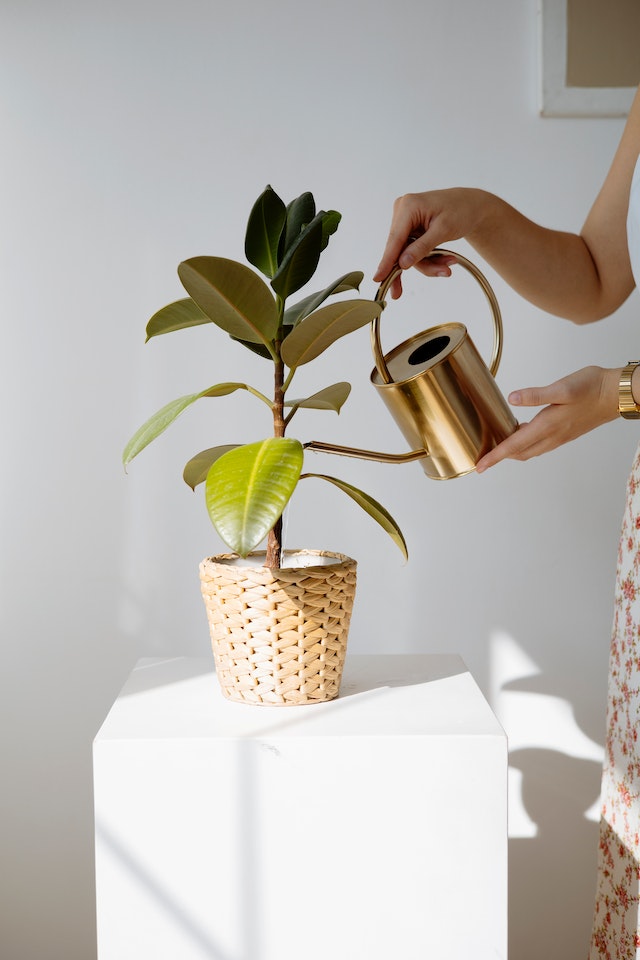
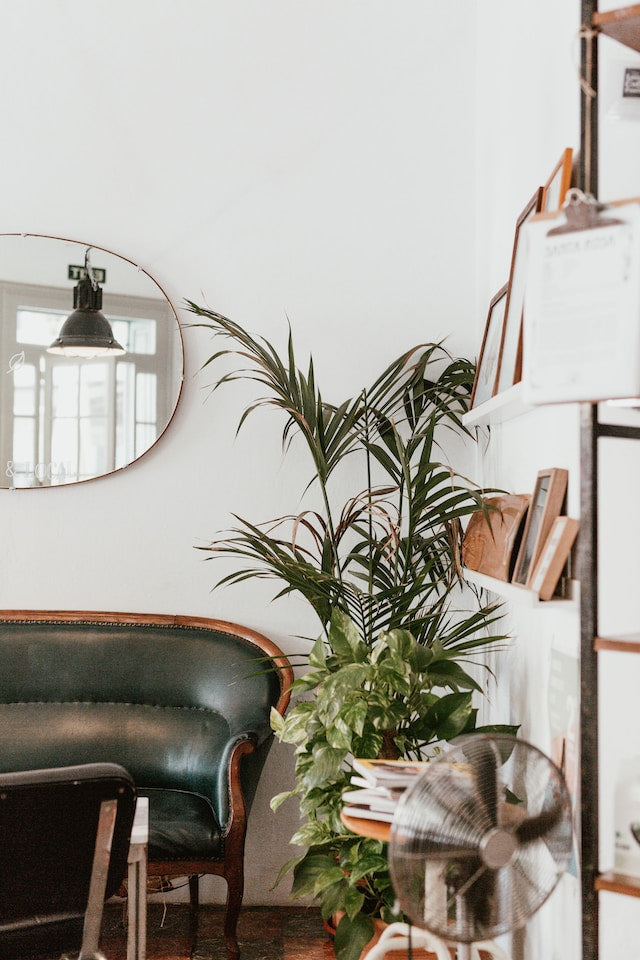
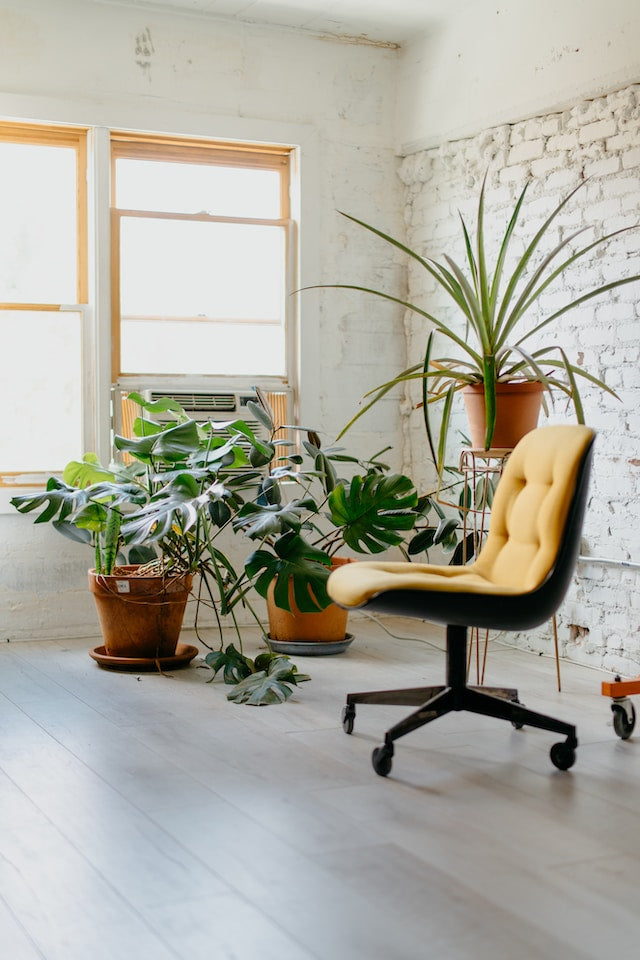
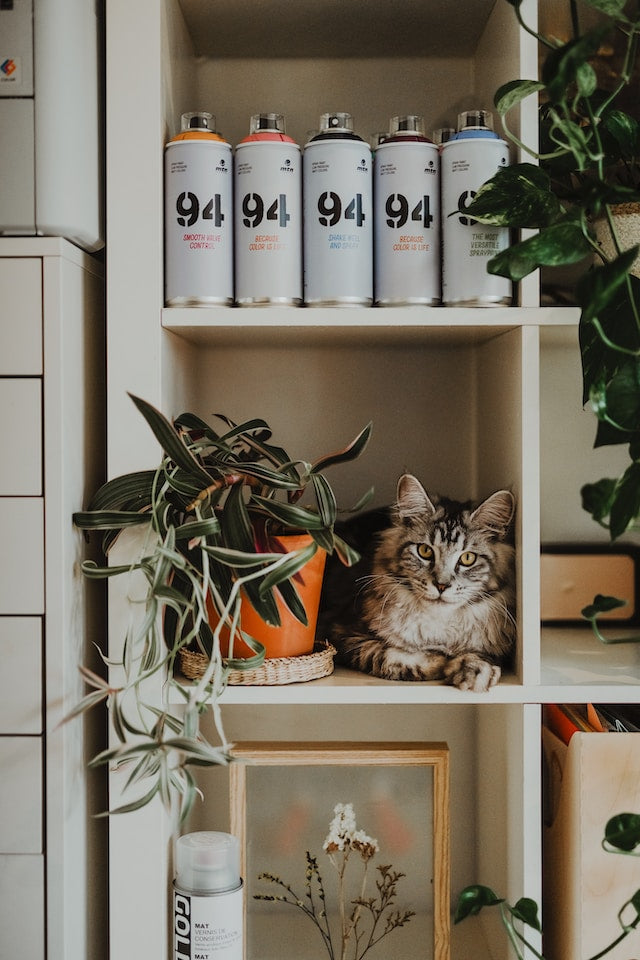

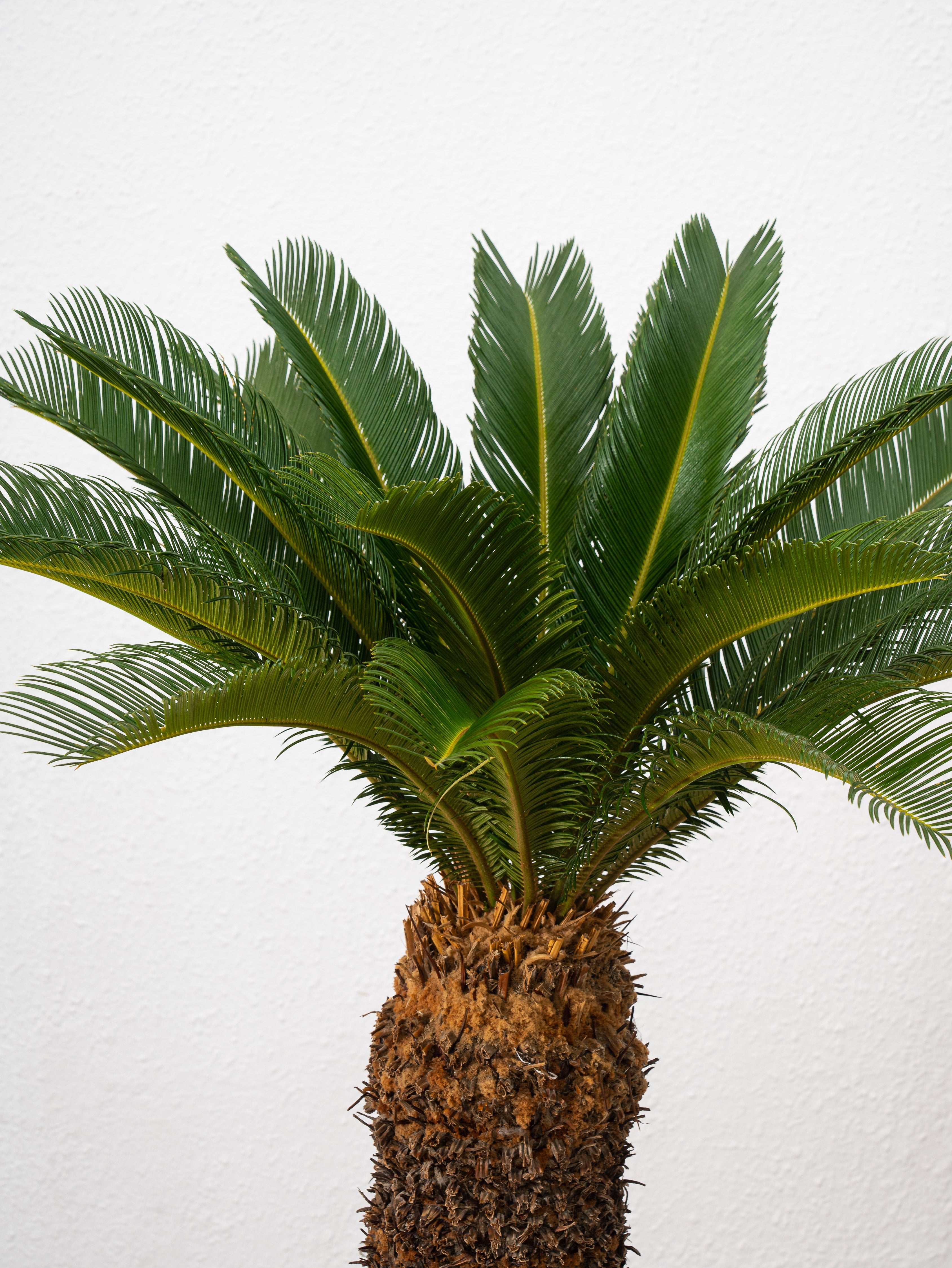
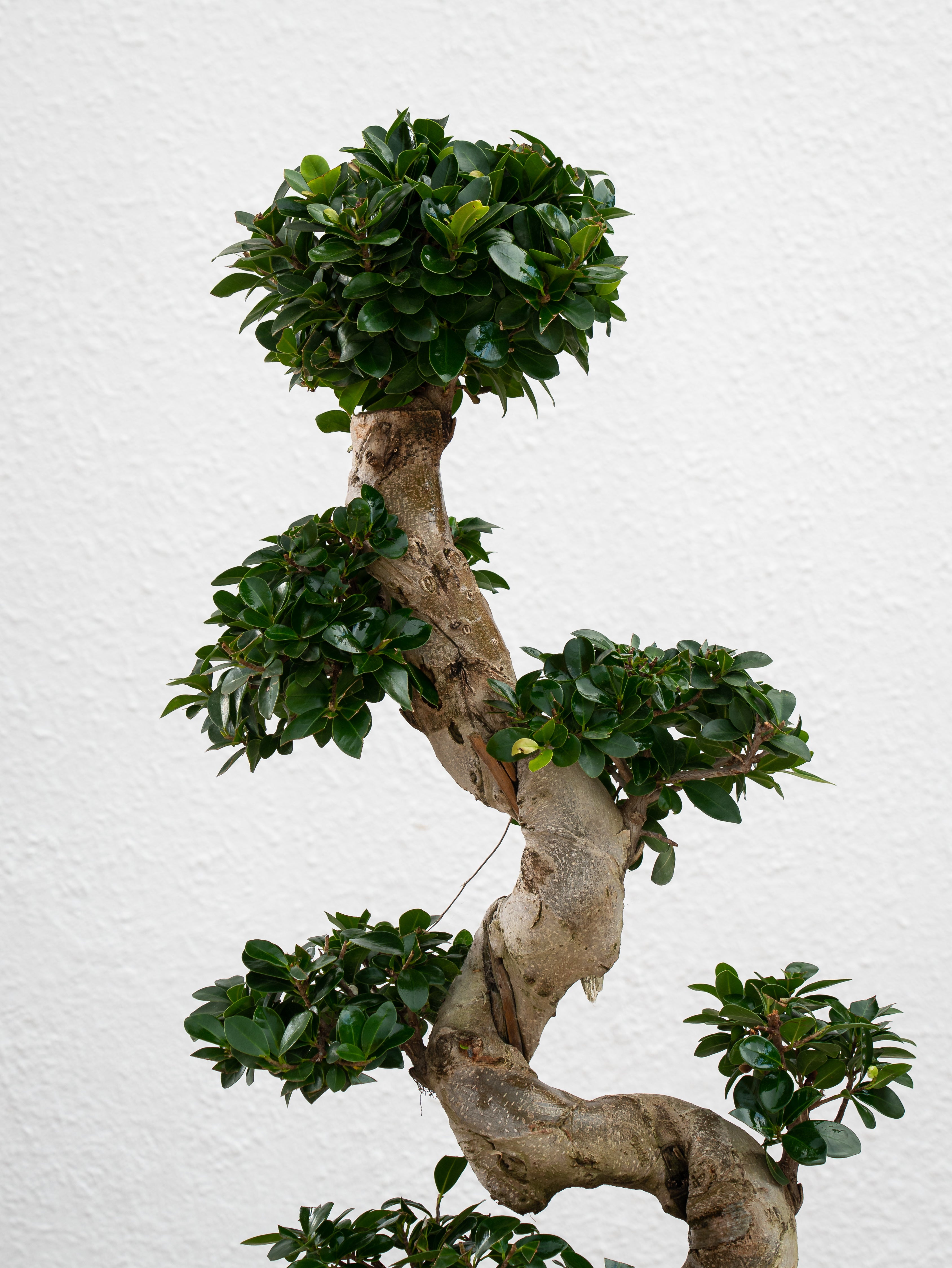
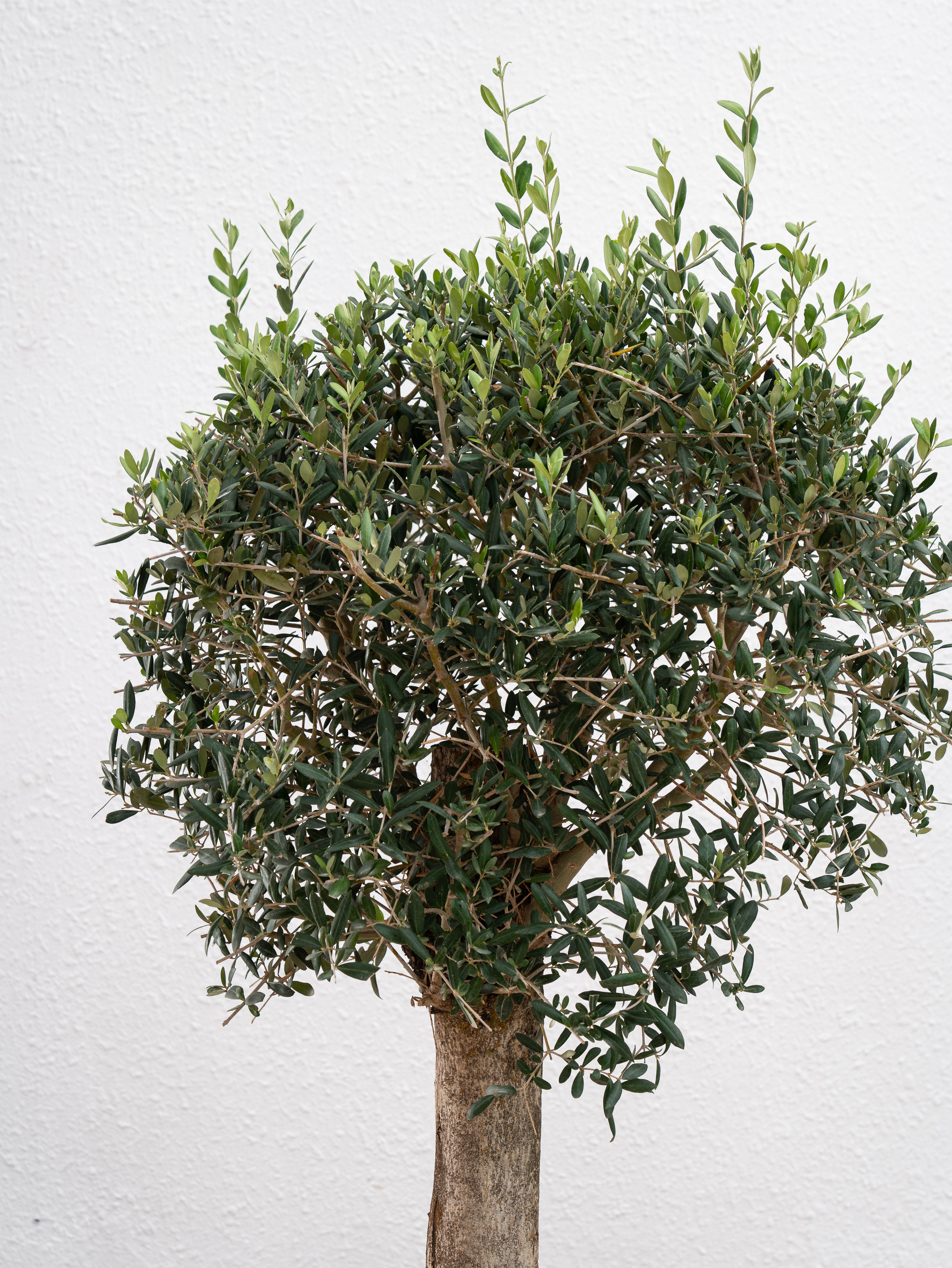
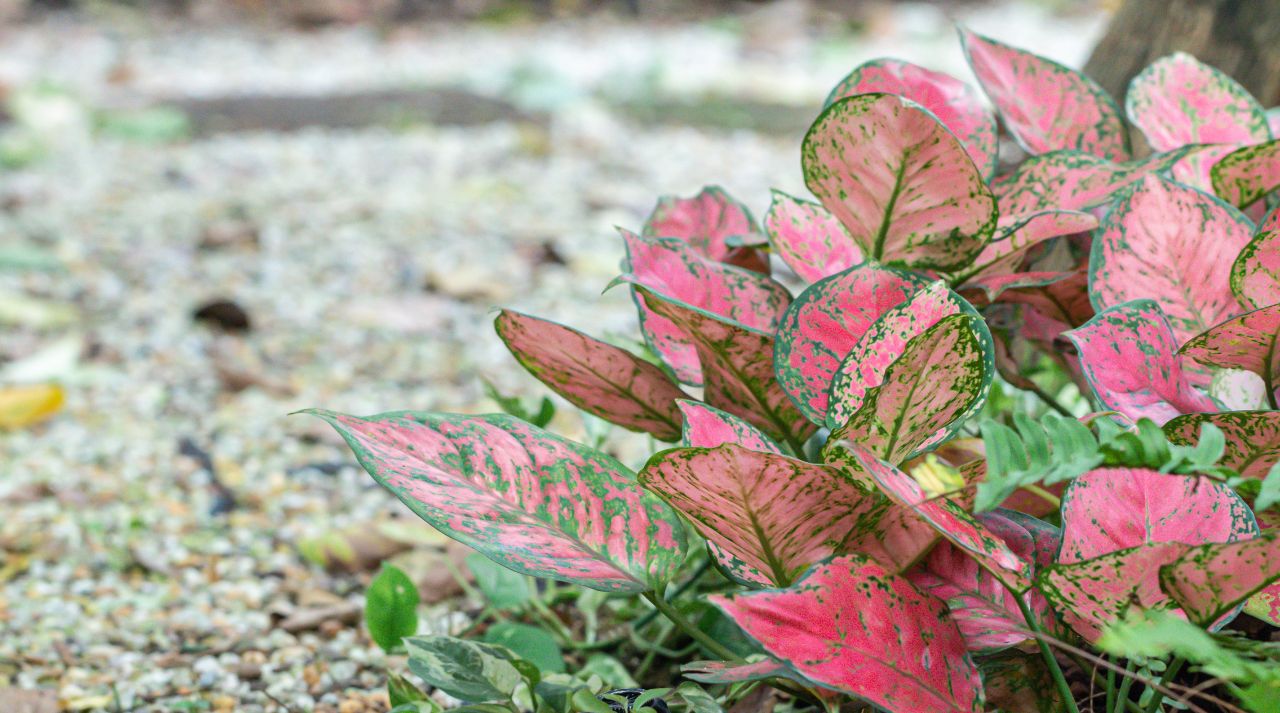
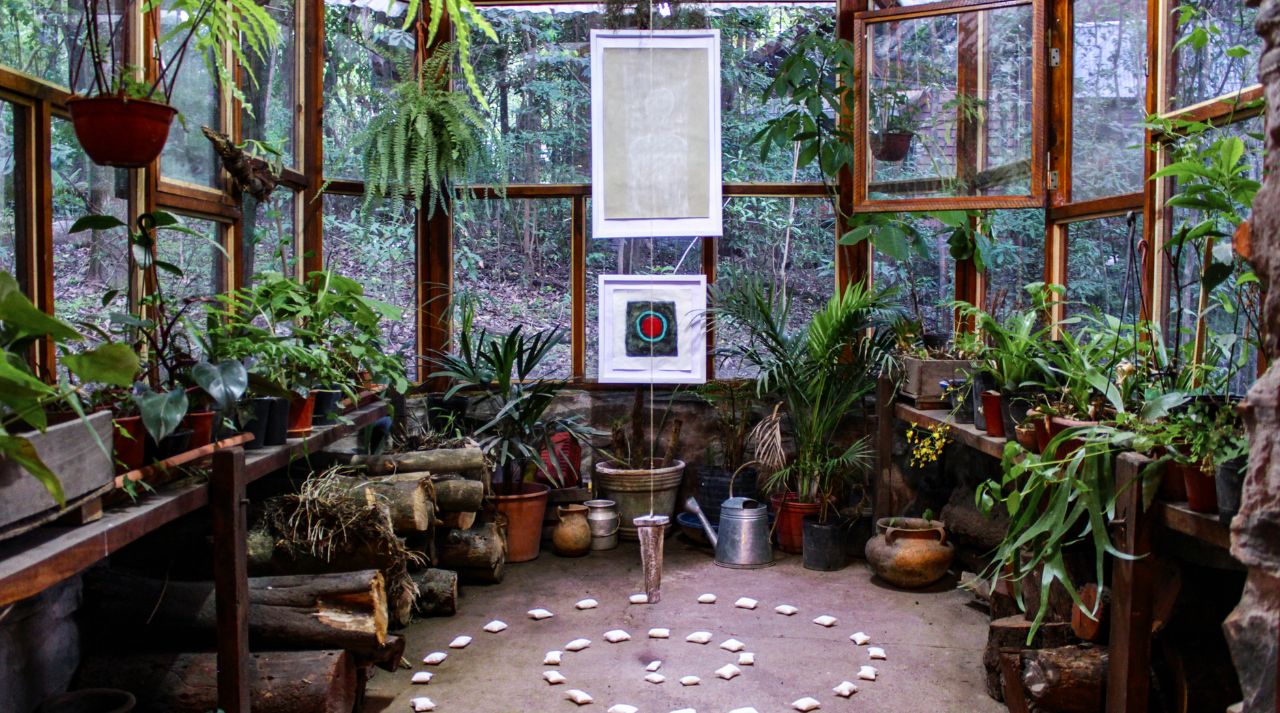
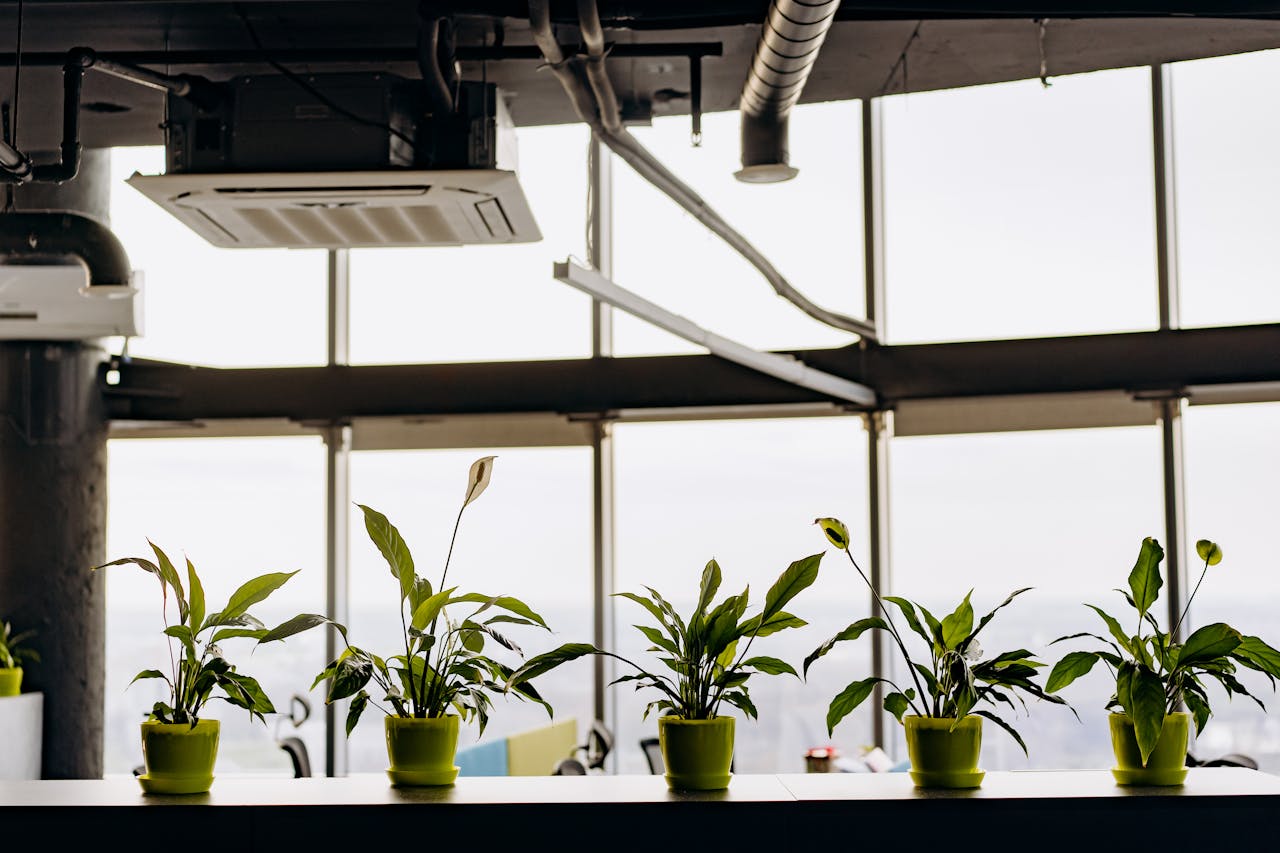
Leave a comment
This site is protected by hCaptcha and the hCaptcha Privacy Policy and Terms of Service apply.